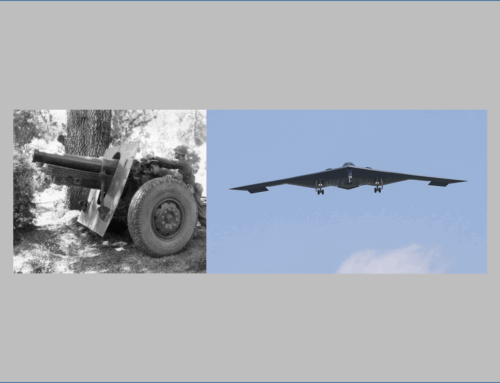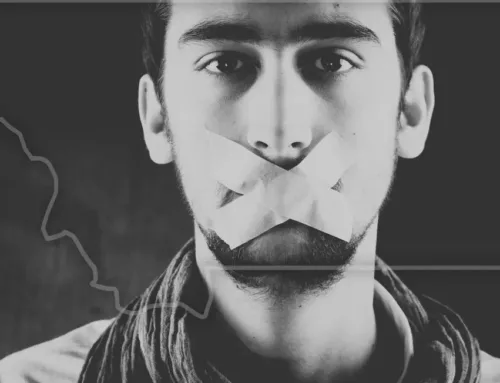From Napoleonic-era ostentation to itchy fatigues: How uniforms evolved in WWI
Published: 17 January 2024
By Stephen J. Thorne
via the Legion Magazine website

WWI Uniforms
A mud-caked Private Donald Johnston Mackinnon, 25, of the 73rd Battalion (Royal Highlanders of Canada) returns from fighting on the Somme front, probably in September 1916.
The present-day U.S. army helmet provided no better blast protection than its First World War predecessors
They were hot in summer, barely passable in winter, invited lice, retained copious amounts of water, and they were itchy. But First World War uniforms represented a revolution in combat wear—and a decisive and practical departure from Napoleonic ostentation.
More than 30 nations declared war between 1914 and 1918. Their uniforms were a sartorial feast for the eyes—splashes of red, blue, white and gold. There were capes and greatcoats; kilts and kepis; busbies, bearskins and patent leather boots.
“This stupid blind attachment to the most visible of colours will have cruel consequences,” declared French politician and general Adolphe Messimy, who commanded a brigade at the Somme, and later a division.
Colonial units, especially, came to the continent dressed to impress—cascading robes, baggy pantaloons known as seroual or shalwār, brilliantly coloured accoutrements, and variants of the inordinately tall red fez present-day North Americans tend to associate with parading Shriners. They were traditionally worn by wealthy Arab traders as a sign of status, its red dyes vivid and expensive.

A French pantalon rouge in his early-WW I uniform. The colour scheme didn’t last.
The Russian army had more than 1,000 uniform variations, counterintuitive to the concept of “uniform.” Cossacks clung to their traditional Astrakhan hats and long coats. The Russians’ quality black leather boots were coveted by German troops, who would replace their own with them at every opportunity.
Belgian reservists defended their homeland in 1914 wearing top hats. While the British entered the war decked in drab khaki adapted from lessons learned in colonial India, the French sported long blue coats and rich red pants, for which the troops had been known as the pantalon rouge since the 1870s.
Read the entire article on the Legion Magazine website here:
External Web Site Notice: This page contains information directly presented from an external source. The terms and conditions of this page may not be the same as those of this website. Click here to read the full disclaimer notice for external web sites. Thank you.



